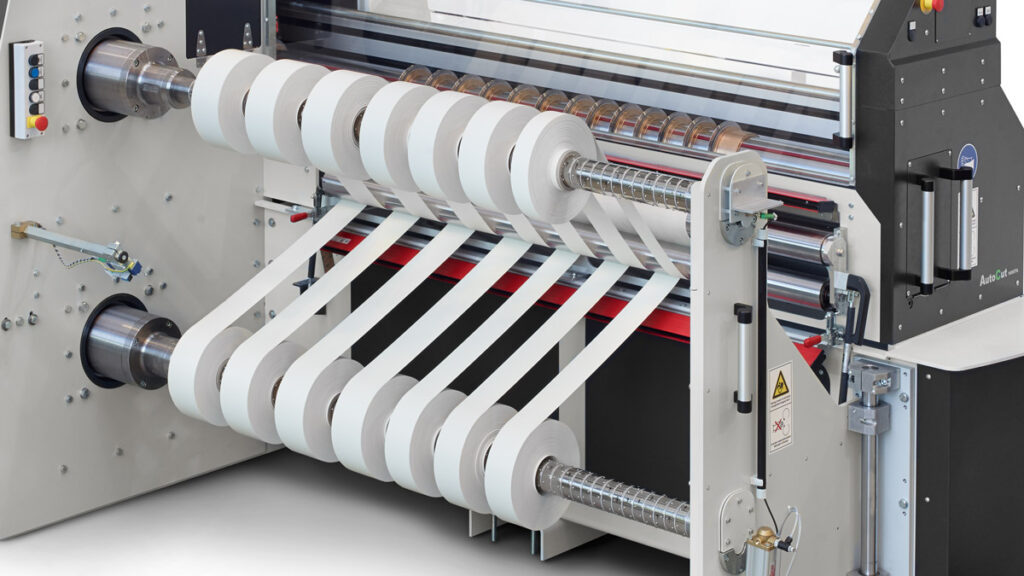Discover Perfect Paper Cup Sizes for Every Beverage Serving Need
In the world of food and beverage service, choosing the perfect paper cup size is more than just a matter of volume it is about enhancing customer experience, ensuring cost-effectiveness, and maintaining sustainability. From a hot espresso to a large chilled smoothie, every beverage has its ideal paper cup, tailored to its temperature, portion size, and serving context. Selecting the right cup not only supports functionality but also reflects professionalism and attention to detail in cafes, events, offices, and takeaway services. Starting with the smallest, 4 oz to 6 oz cups are ideal for serving espressos, cortados, and sample-sized drinks. These compact options are a staple in coffee shops and tasting booths, allowing customers to enjoy intense flavors in small, manageable sips. They are also useful for controlling portions in free sampling situations or for serving medicine in healthcare environments. Moving up the scale, 8 oz to 10 oz paper cups are commonly chosen for standard coffees, teas, and small sodas.
They strike a balance between convenience and portion size, especially during events or meetings where attendees may not want to carry large cups around. These paper cup sizes are also widely used in eco-conscious offices for minimizing waste while still meeting hydration needs. For customers seeking a more substantial beverage, 12 oz to 16 oz paper cups are the go-to choice. Perfect for medium to large lattes, cappuccinos, and regular-sized cold drinks, these cups cater to daily coffee routines and mid-size refreshments. Their size allows for customization with milk, flavor shots, or ice, providing flexibility for baristas and drink enthusiasts alike. In particular, the 16 oz variant is a favorite among regular coffee drinkers who value a full-bodied beverage to last through work sessions or long commutes. When it comes to cold drinks, juices, and smoothies, 20 oz to 24 oz cups are preferred. These larger sizes accommodate the volume of blended beverages and ice, ensuring a satisfying, refreshing experience. Popular at juice bars, fast-food restaurants, and during outdoor events, these cups are robust and spill-resistant, often equipped with dome lids and straws.
Their capacity also makes them suitable for soft drinks or specialty drinks with toppings, such as bubble tea. Understanding cup sizes also ties directly into waste management and sustainability goals. Using a cup that matches the beverage helps reduce overuse of resources and encourages more responsible consumption. For instance, offering a smaller cup for refills instead of a large one for occasional sips minimizes unnecessary waste. Eco-friendly manufacturers now offer biodegradable, compostable, and recyclable paper container manufacturer in every size, making it easier to pair functionality with environmental care. Ultimately, the perfect paper cup size is one that aligns with the beverage being served, the setting, and the user’s convenience. Whether it is a quick espresso in a compact 4 oz cup or a refreshing iced drink in a 24 oz one, precision in cup selection contributes significantly to overall service quality and operational efficiency. Thoughtfully chosen paper cups elevate not only the beverage experience but also a brand’s image in the eyes of eco-conscious and quality-focused consumers.





